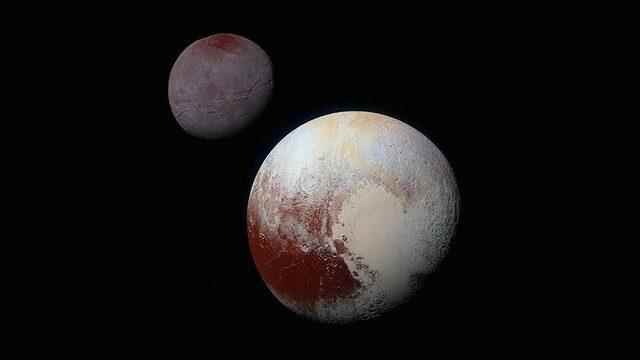Beijing plans to search for exoplanets outside our solar system. The main objective of this mission is to find a world in the habitable zone of its star in the Milky Way Galaxy. In other words, the mission, called Earth 2.0, aims to find a planet similar to Earth in which we live now and which is predicted to face disastrous situations in the coming decades.
According to a report in Nature, Earth 2.0 was conceptualized by the Chinese Academy of Sciences, which is in the early design phase. If a team of experts review and approve the proposed mission, the development phase will begin, which will provide funding to start the satellite’s construction phase, and the plan will be put up for auction in June.
LOOKING AT THE UNKNOWN
The telescope will search deep space for exoplanets outside our solar system in hopes of finding chemical signs that enable life. The mission will operate seven telescopes that will scan a patch of sky similar to that observed by the Kepler mission.
Jian Ge, chief astronomer of Earth 2.0, told Nature:
“The Kepler field is an easy target to achieve because we got very good data from there. Our satellite could be 1015 times more powerful in sky-scanning capability than NASA’s Kepler telescope.”

The spacecraft will use the transit method, that is, it will detect small changes in the star’s brightness that indicate a planet is passing in front of it.
The six telescopes that will work on the mission will examine 1.2 million stars across a 500-square-metre cross section of the sky, but also observe stars that are dimmer and farther away than NASA’s TESS satellite can observe. The seventh instrument on board will be a gravitational microlensing telescope and will search for orphaned planets far from their stars, such as Neptune or Pluto.
